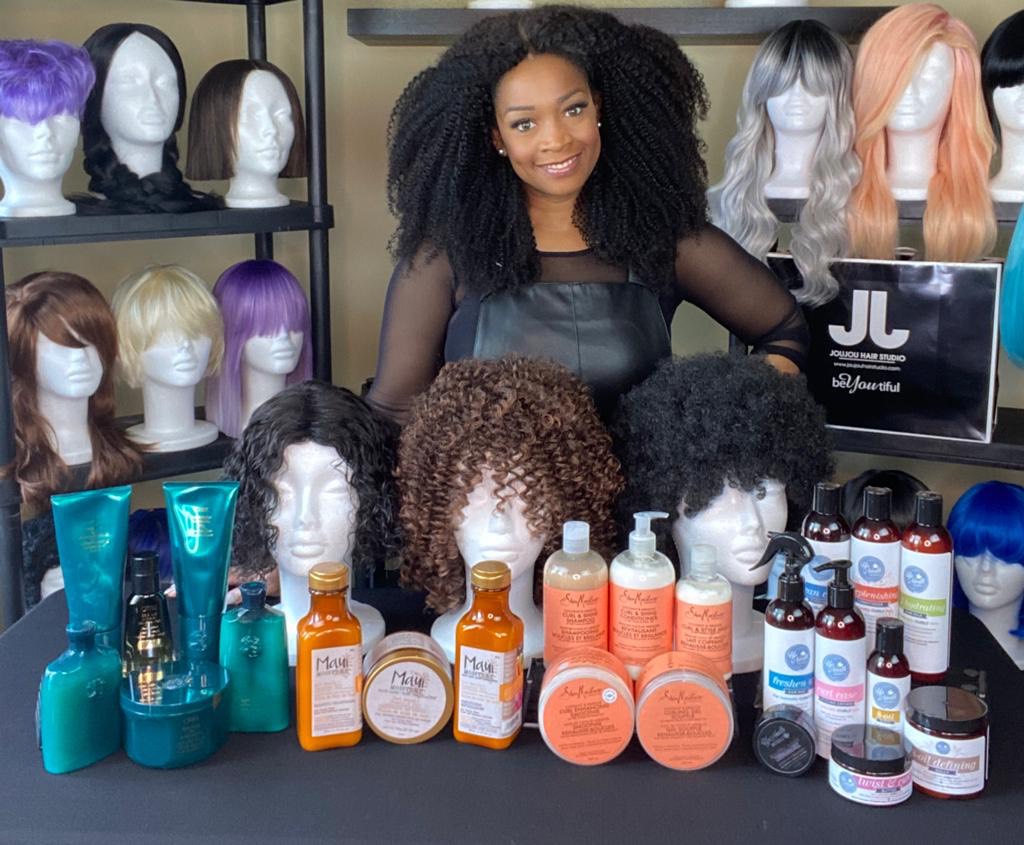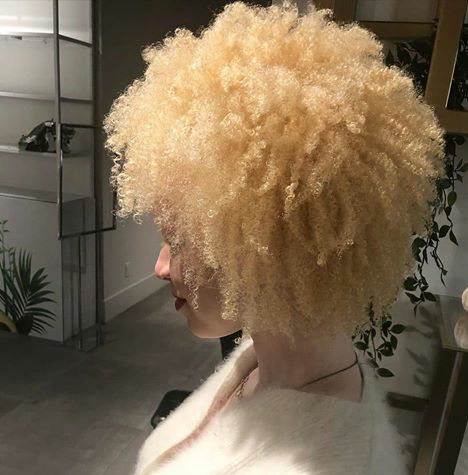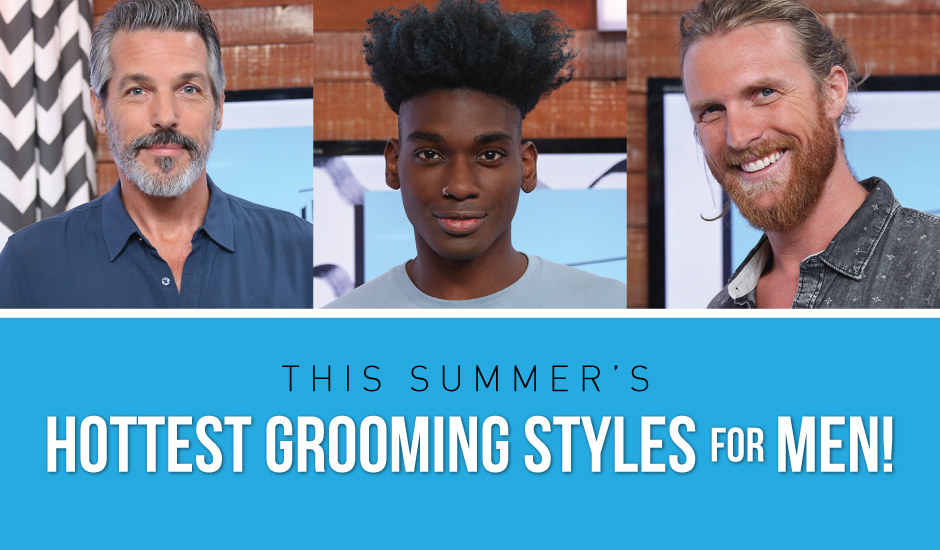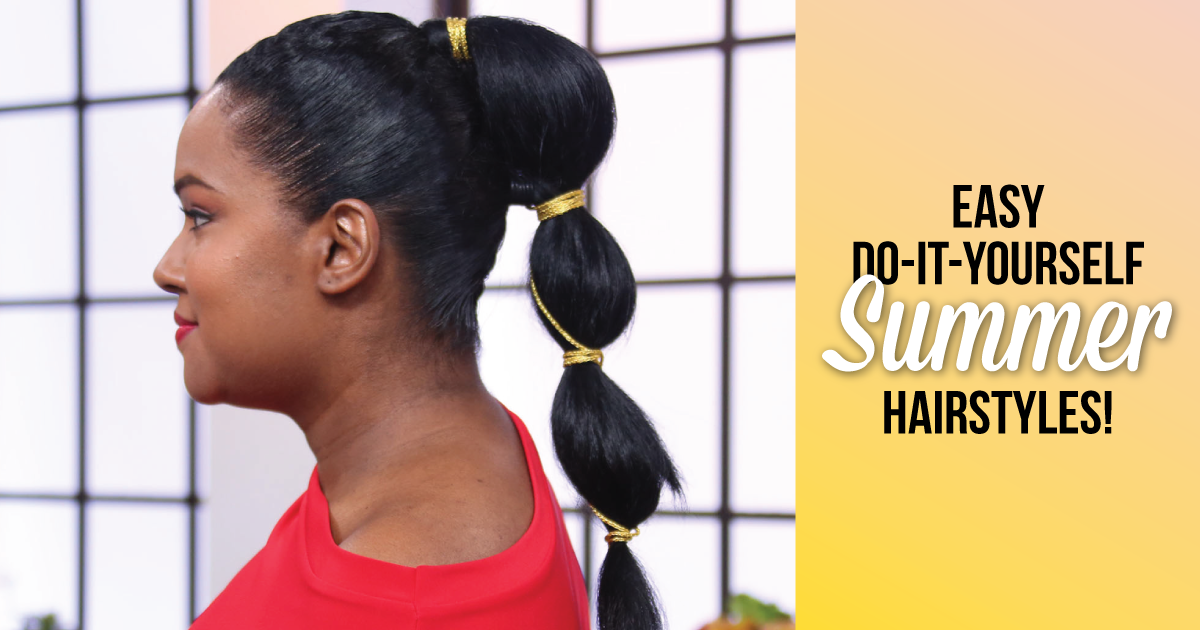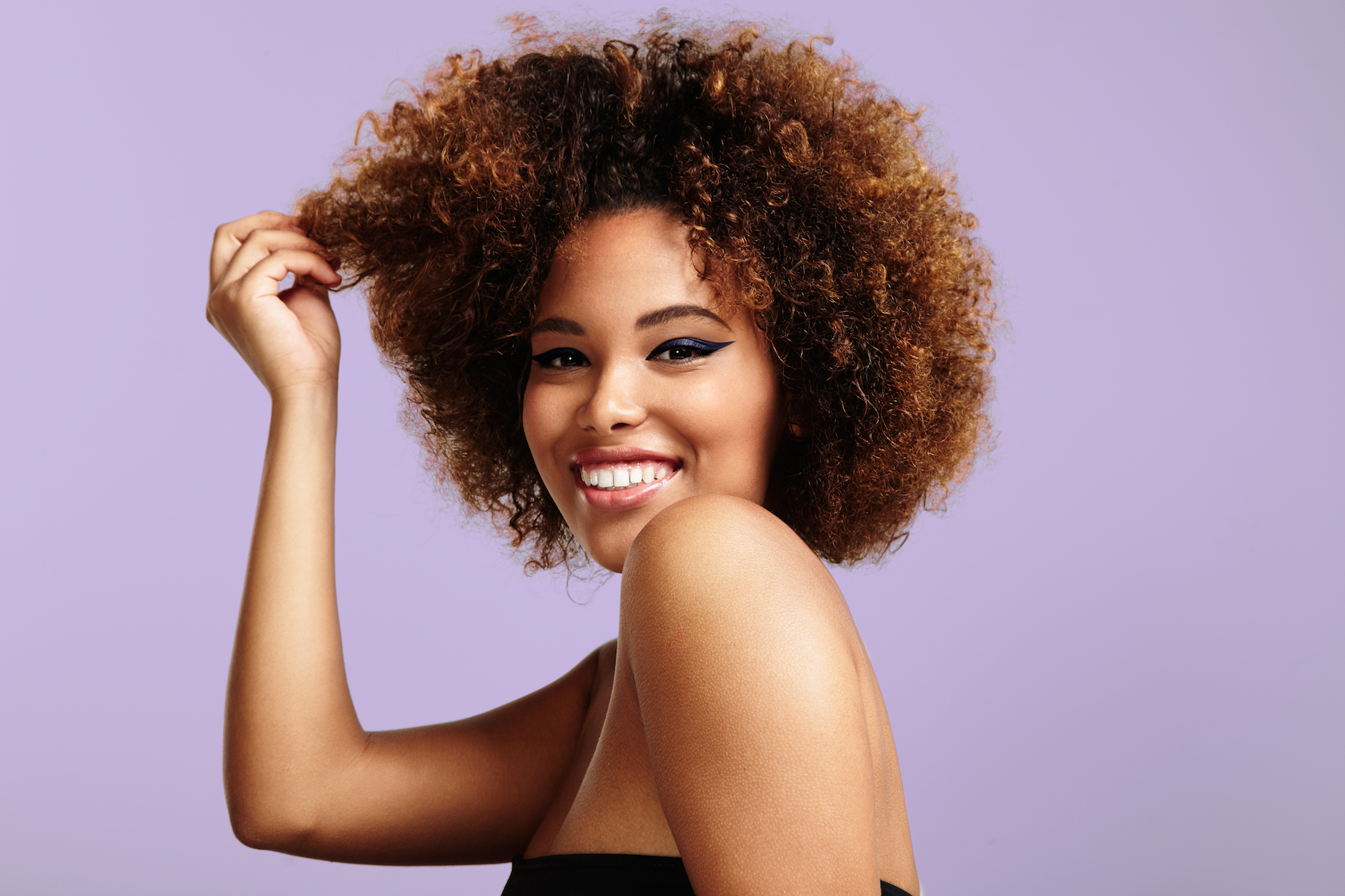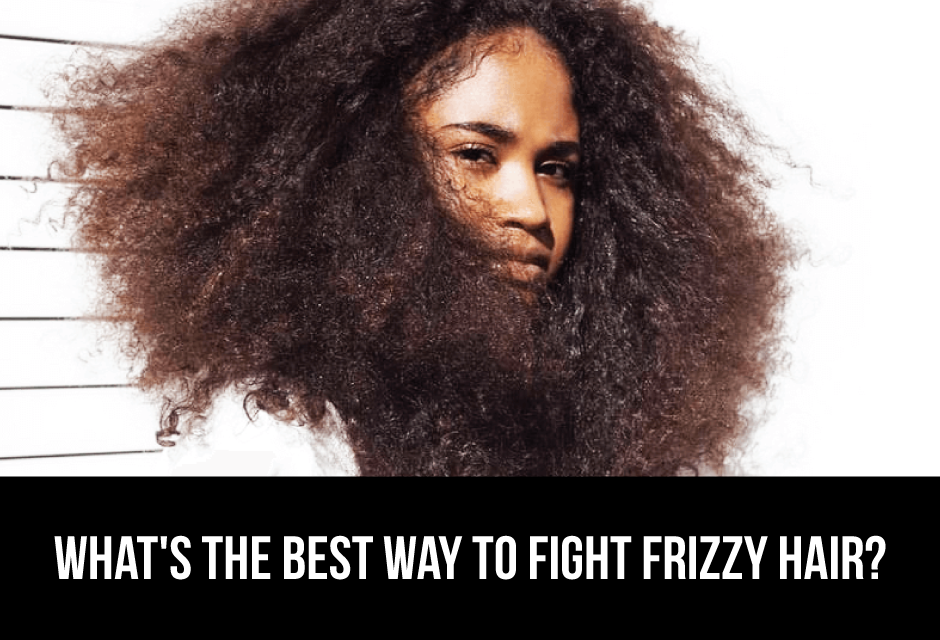
Q: I have naturally curly hair that I often-but-not-always wear straight, and in this humid weather, it becomes totally unmanageable. All the products I try don’t really seem to help. How do I beat the heat and fix my frizzy hair? —Victoria, Toronto
It’s the telltale sign of summer for me, you and just about everyone else: a halo of frizz that feels decidedly un-angelic when it crops up 20 minutes after you went to the trouble of blowing out our hair. I can’t tell you the number of times my hairstyle hasn’t lasted the length of the taxi ride to a steamy summer wedding. It’s frustrating, but luckily, I have learned from the error of my ways over the years.
The first step to tackling frizzy hair is to see it for what it truly is. It’s not a pointless thorn in your side, but rather, it’s a cry for help, says Janet Jackson, owner of Toronto’s JouJou Hair Salon and a Maui Moisture ambassador who has worked with top models from Iman to Winnie Harlow over her impressive styling career. “It’s searching for moisture,” she says. “When your hair is extremely dry and humidity kicks in on top of that, you’re suddenly dealing with a lot of frizz.”
Textured hair dries out in a snap, so curls need constant hydration in order to stay glossy. (No shame in slacking on your hydration duties: we’re busy, we have bills to pay and Internet wormholes to fall down for 28 minutes before we realize we really don’t care what vegetable we should never ever eat if we want to avoid belly fat.)
Your first order of duty is to treat your hair to a nourishing wash in the shower. Proceed gently with lukewarm water and a sulfate- and alcohol-free shampoo packed with natural oils and humectants. And don’t overdo it: While third-day curls are often a bit wonky, over-washing your hair will strip its natural oils and leave you frizzier than ever.
“If you work out a lot or just feel the need to wash your hair often, consider co-washing,” says Jackson. Co-washing is a huge beauty buzzword, but it essentially means just washing the lengths of your hair with conditioner (or a conditioner-like specialty product) and skipping shampoo altogether.
“Usually, when people have really frizzy hair, a lot of it stems from the fact that they’re not using the proper products,” says Jackson. “When you’re trying to tame it with products that have silicones or alcohol, you’re just damaging your hair and it will never look the way you want it to.”
Instead, use light, natural oils to prevent water loss, and add moisture regularly. Some of us may still shudder at the suggestion of adding oil to clean hair, but the key is to pay attention to your hair type and see what it can handle. (Bear with me and let’s briefly get into some necessary hair education here. There are four basic categories assigned to texture. Strands that are pretty much straight are type one; natural waves are referred to as type two; type three is associated with hair that forms natural ringlets; and coiled curls are type four.)
“Finer hair types could do with a little oil every couple of days, but type three or four hair requires more moisture, so you can use oils daily—or even twice a day,” says Jackson. “If you focus on products that help you define and highlight texture, the frizz will bother you less.”
Jackson is also skeptical of the go-to move of most people with frizzy hair: cocktailing. I’m guilty of doing it all the time—one product doesn’t offer enough hold and another doesn’t de-frizz to my liking, so I layer them on and hope for the best. There’s nothing inherently wrong with the practice, says Jackson, but curl systems are often designed to work as a set and mixing arbitrary brands can lead to crunchy or stringy curls.
“I recommend to my clients that they become familiar with each product on its own before mixing them,” says Jackson. “A lot of people jump from one product to another right away but it’s not fair to try a product for a day.” Jackson, who is A-type, it seems, suggests keeping a hair log to see how the products work over time, but I, not at all A-type, would never be that organized. Where we find common ground is in a common-sense approach that involves being patient and paying attention, moisturizing, avoiding drying ingredients and not heaping on different products every day aimlessly in the hopes of banishing humidity-related frizz.
It’s a losing (and expensive) battle—and it’s summer, don’t you have more fun things to do than moping about the fact that your curly hair isn’t straight? Stop flat-ironing, ditch blowouts and opt to air dry or diffuse instead, to suit your texture.
“Often the real root issue is that people are not comfortable with their hair texture, because frizz is just a form of texture,” says Jackson. “In most cases, when someone feels like their hair is frizzy, dry or unruly, it’s because they’ve been forcing it to stop doing something it naturally wants to do.”
Get a haircut that works well with your texture, suggests Jackson, and then embrace it. “If you have frizzy hair, you want to stick to longer layers and lobs,” she explains. “The thicker and coarser your hair, the more you want to avoid cutting it too short.”
Well-moisturized curls are the first step to a carefree summer, because it’s not really the frizz that’s the issue: it’s the fight.
For more information on fighting frizz, follow the link here.
Have a question about frizzy hair? Drop your question in the comments below!




